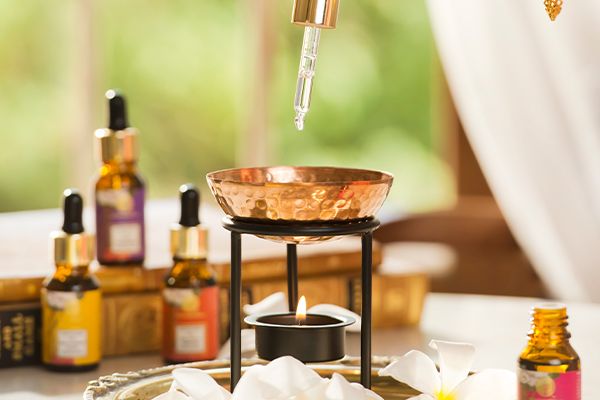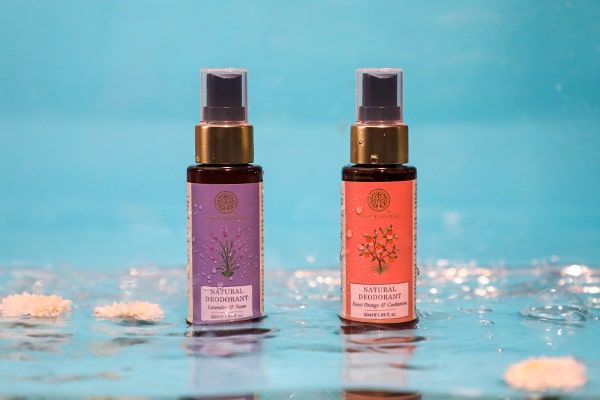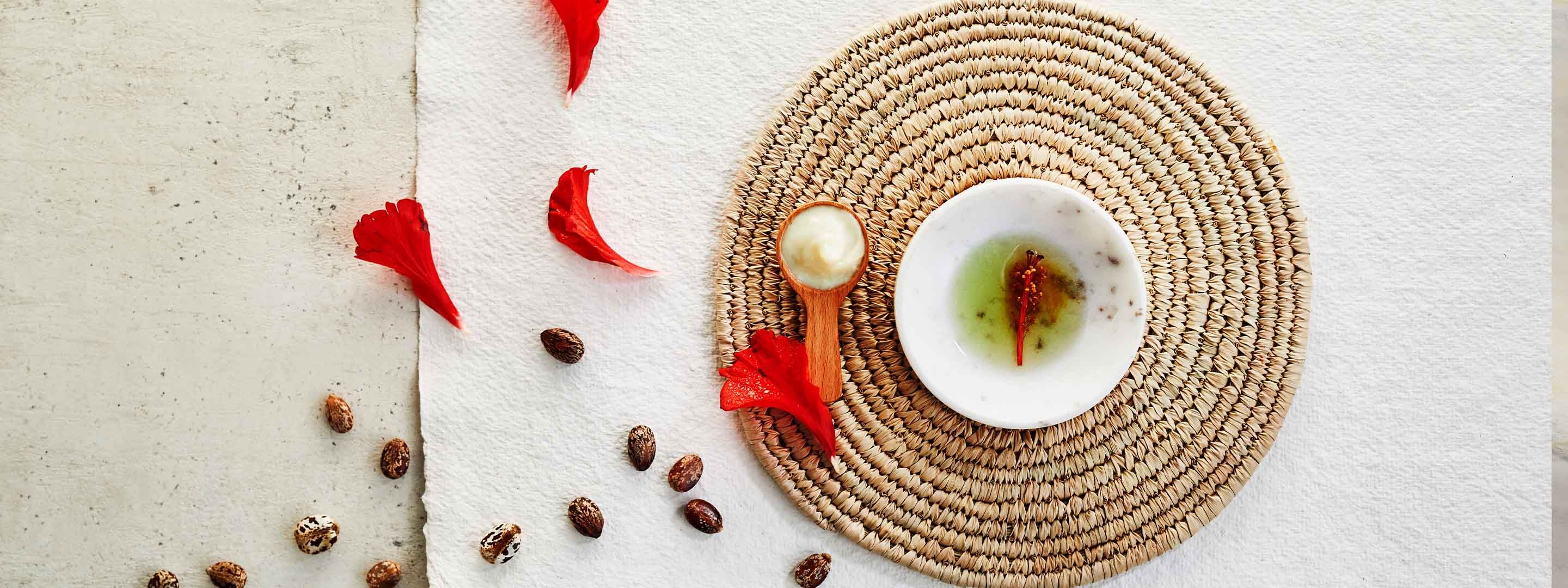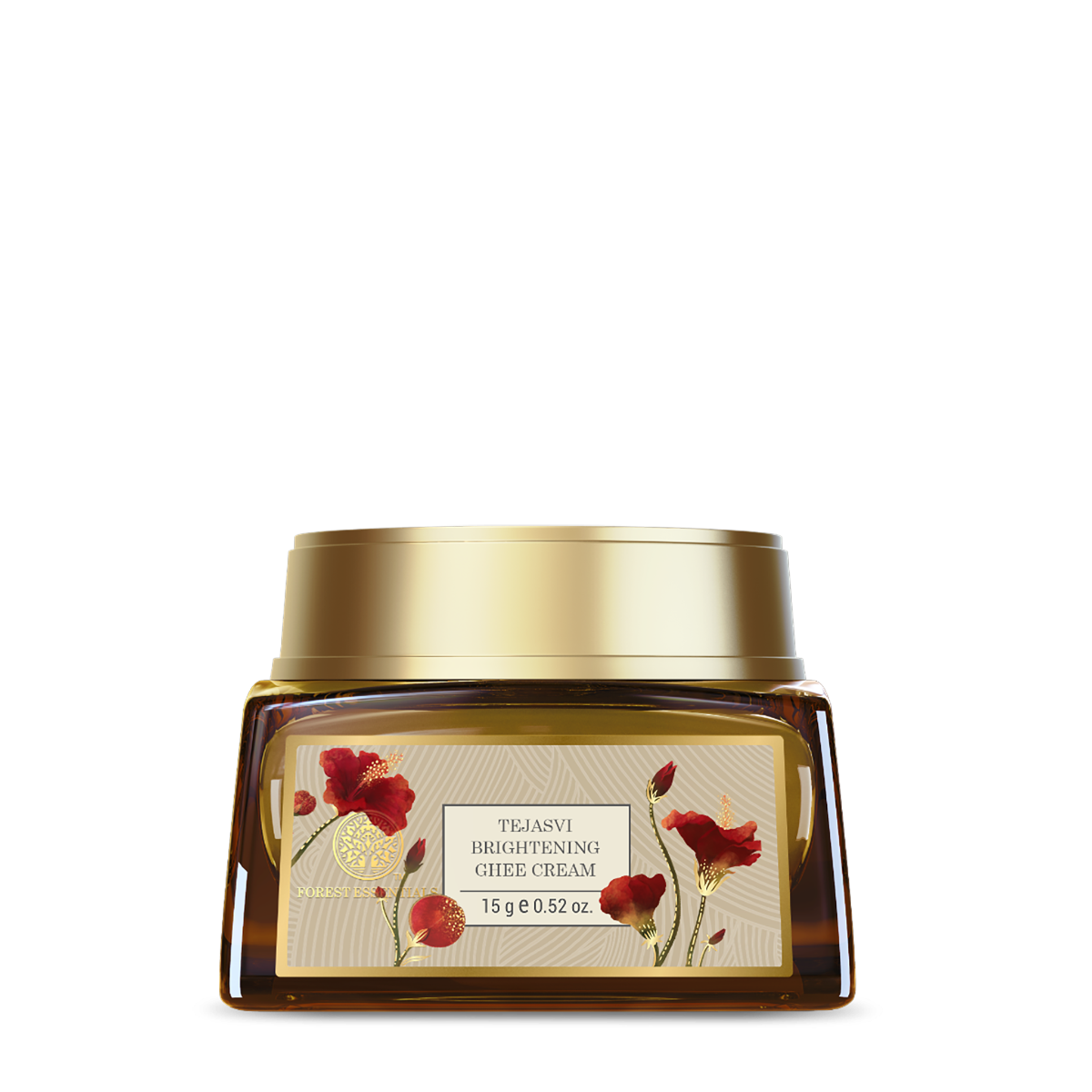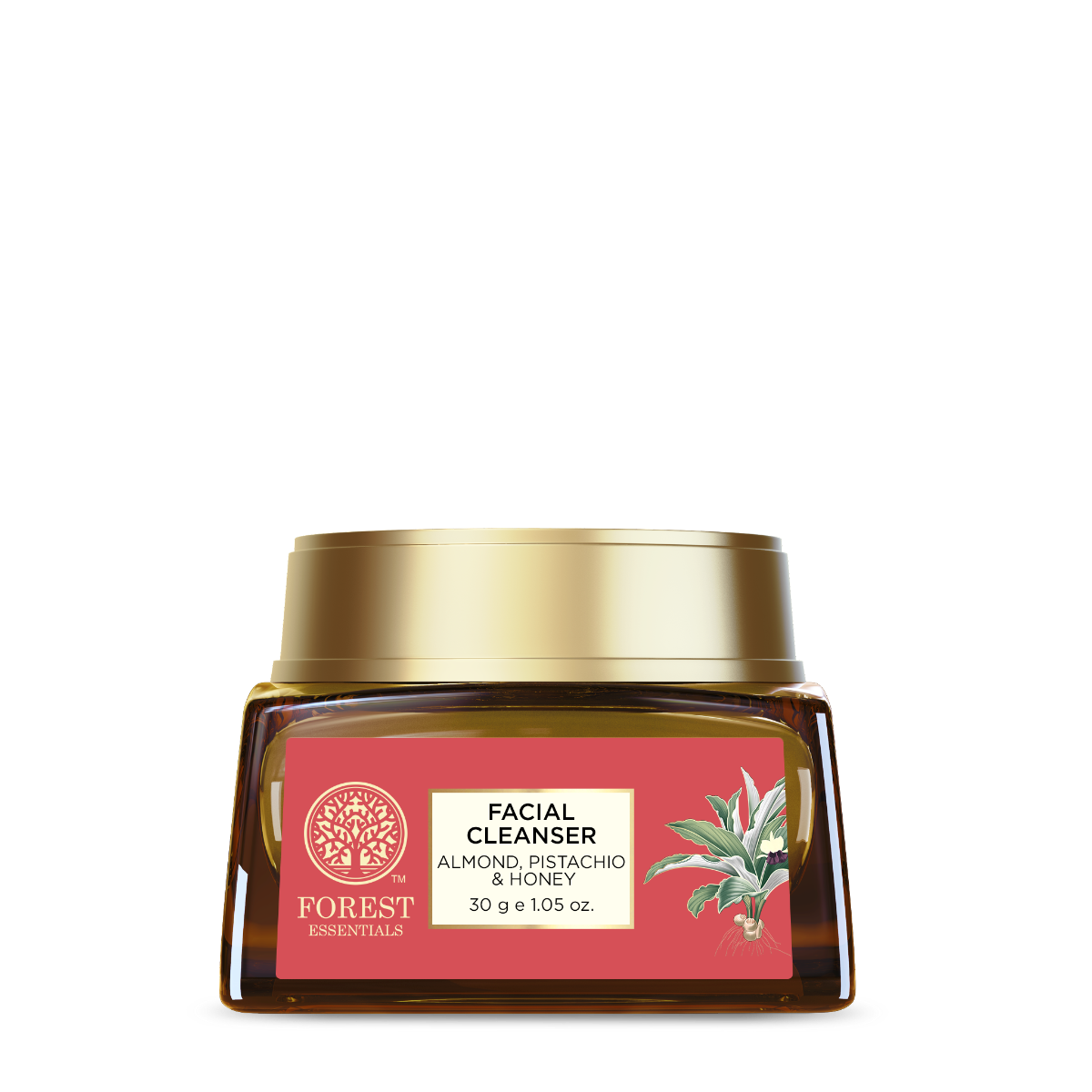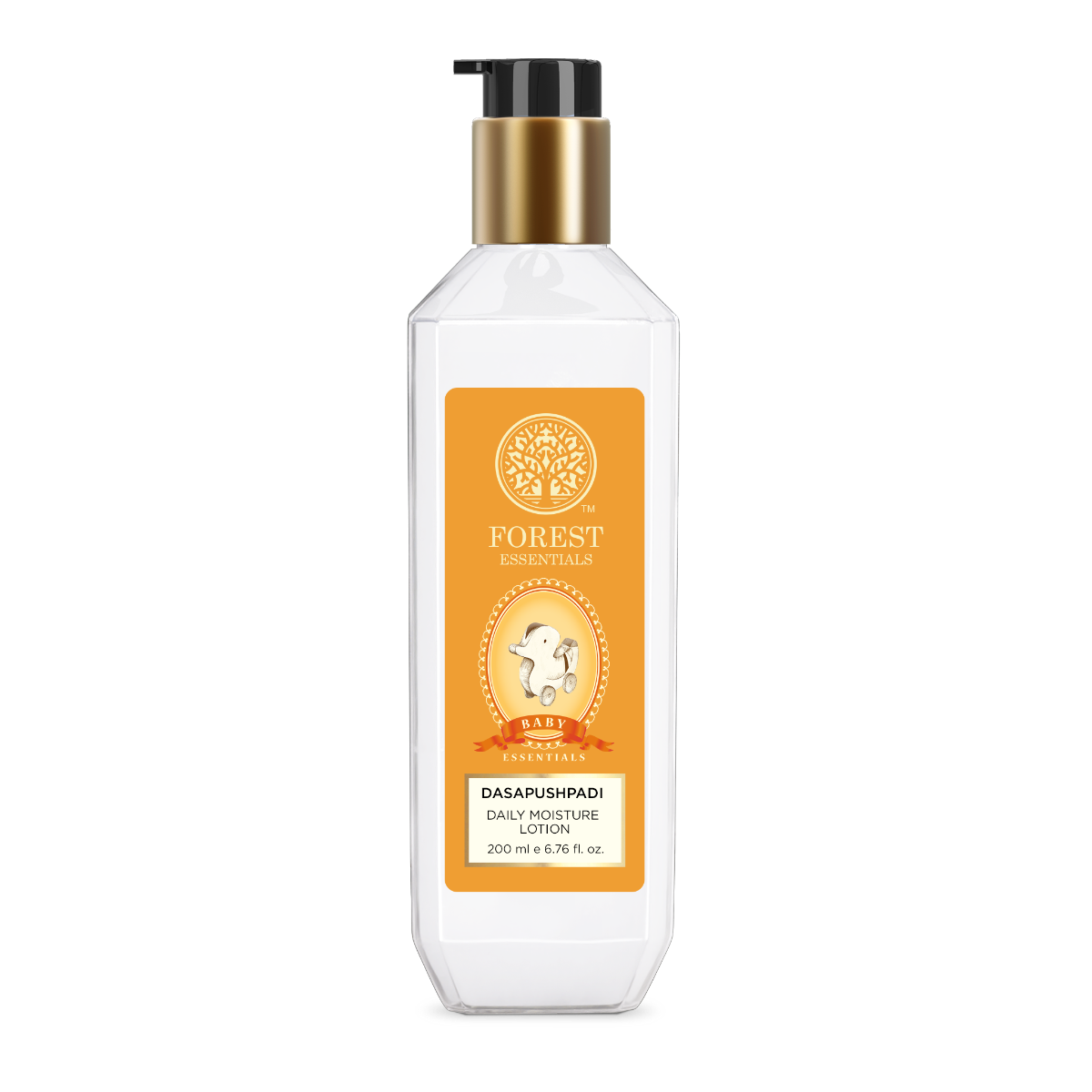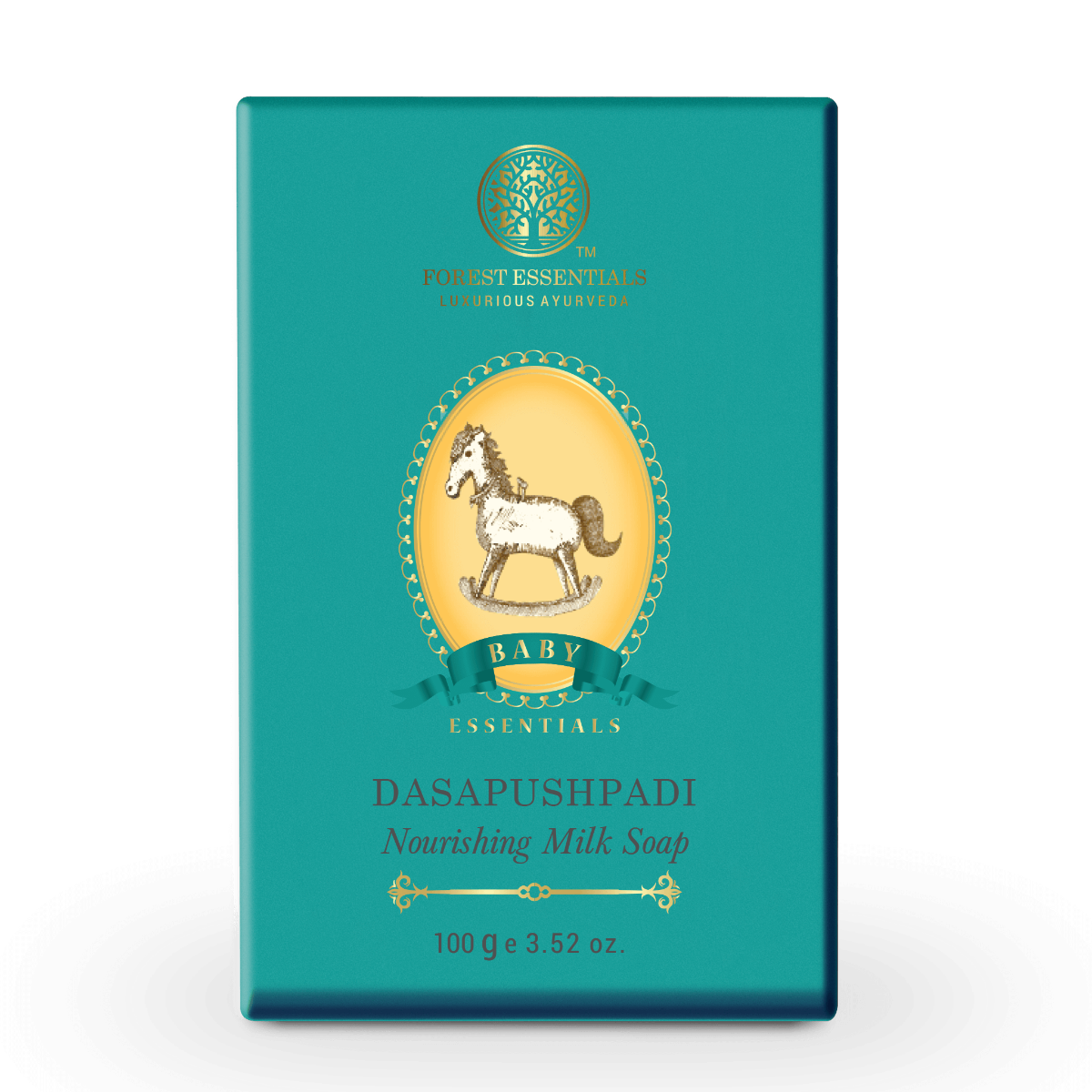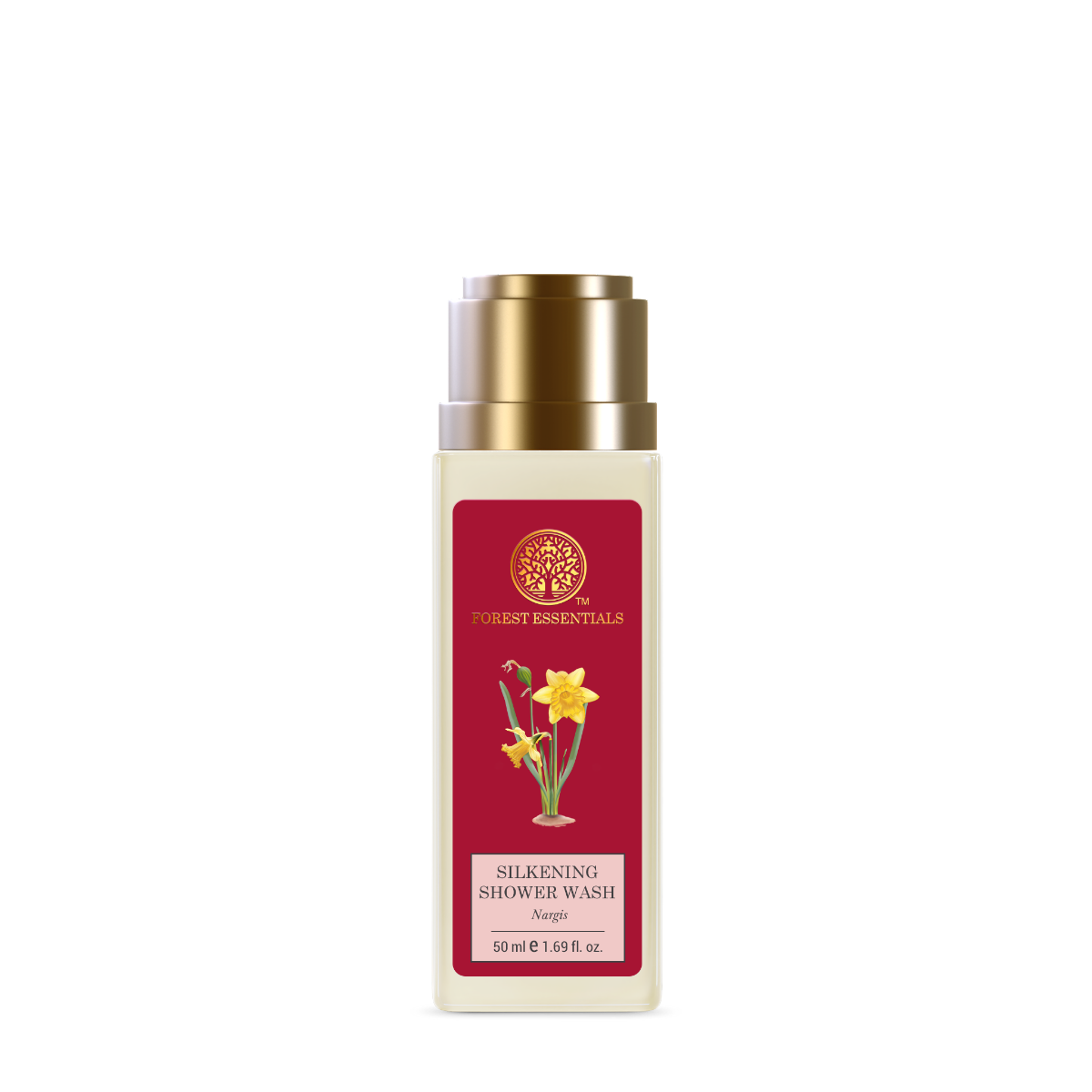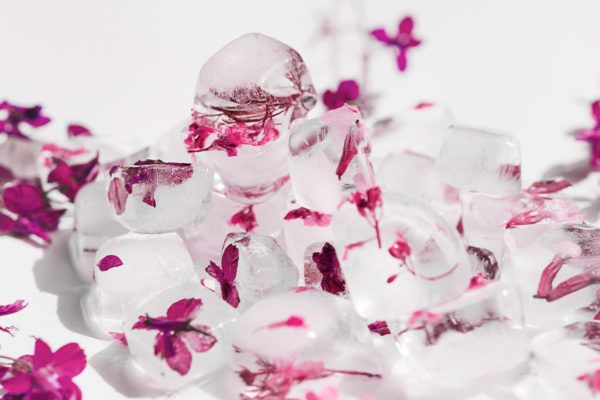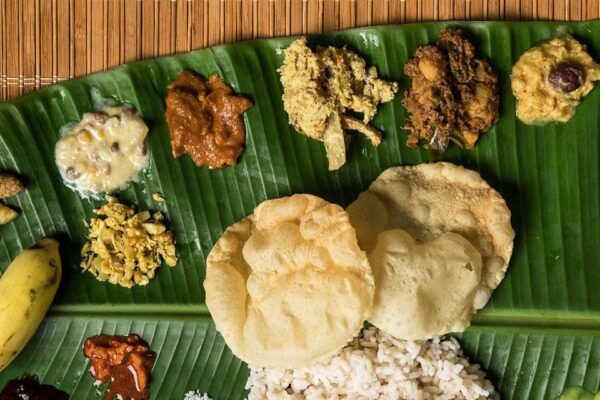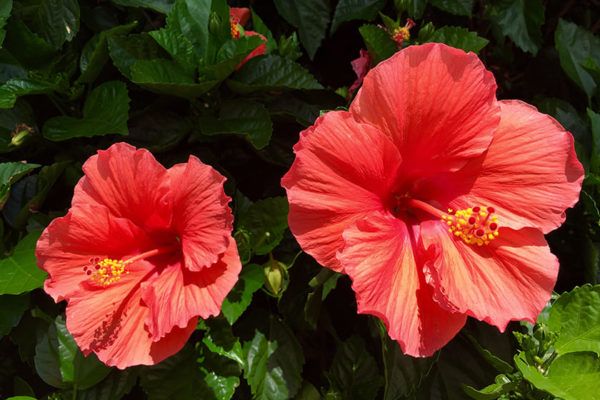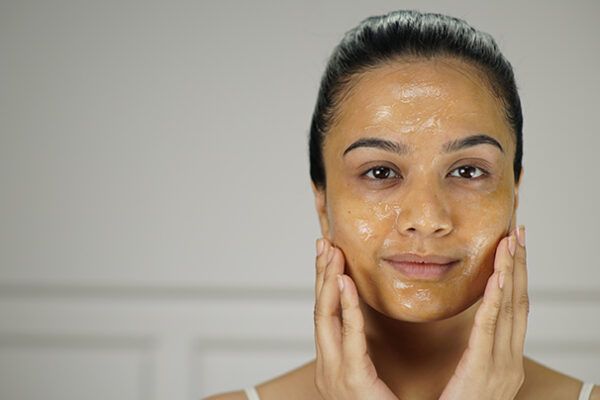Ayurveda, or “the science of life” is primarily about striking a balance, and empowering your internal environment (the body and mind) to work amicably and harmoniously with their external environment. The ancient science highly advocates that living in sync with the seasons is one of the best ways to help support health and wellbeing, helping to balance the immune system, digestive fire, and our state of Doshas.

Just as each person has a predominant dosha, different daily time intervals and different seasons are also governed by a particular Dosha. Spring is closely linked to Kapha, with the qualities of moistness, heaviness, abundance, but also lethargy – and related to the elements of earth and water.
For many, the spring season is also linked with colds, congestion, hay fever, and allergies. A seasonal Ayurvedic routine can help you to overcome the challenges you face during spring, while promoting optimal health so that you can truly celebrate the gifts this season has to offer.
Here are four daily Ayurvedic practices to balance internal clock and striking the perfect balance of health and wellbeing during the spring season.

How to stay active during spring?
1. Rise with the sun
As new life blooms all around us, this is a great time to get outside and enjoy nature as it flourishes. Aim to wake with the sunrise and spend a portion of the morning walking outside, breathing in the fresh air and exposing your eyes to the beneficial morning light.
If your question remains why do I feel sleepier during spring season, this is a great way to relieve feelings of sluggishness, to boost energy levels and reset the body clock. Napping during the daytime is not recommended during Kapha season, as this can increase sluggishness and prevent a good night’s sleep.

2. Nasya and steaming
Each morning (or at least two to three times per week) put 2-3 drops of Anu Oil into each nostril. This practice helps to soothe the nasal passages while promoting unobstructed breathing, clears the respiratory tract, dispels mucous and supports respiratory health. It can be followed by steaming once a week for proper respiratory cleansing.
3. Dry brushing or gharshan
Garshana is one of the best Ayurvedic dry massage therapy used for skin detox. In Ayurveda, Garshana or dry brushing is also described as a method of alleviating the buildup of ama (toxins) in your body, which ensues when Kapha is out of balance.
This transitioning weather is the perfect time to incorporate “Gharshana” in your skincare regime. According to Ayurveda, spring is an important time of the year to detoxify, as this is the Kapha season where the Kapha qualities like heaviness, water retention, bloating and toxins build up, are common. Dry brushing reduces this springtime imbalance of Kapha and stimulates circulation in your skin, muscles and fat tissue, removing all the toxins from the body, making skin soft and smooth.
Also, as we mentioned above, it’s a great way to detoxify and cleanse your lymphatic system, which makes you feel lighter and energized for the upcoming warmer months.

4. Cleansing and fasting
Spring is generally thought of as the ideal time to cleanse, according to Ayurveda. Whilst many of us may have attempted a new year ‘detox’, it is difficult to detox in the winter weather. Ayurveda suggests nourishment and internalization of the body during Winter’s Vata time, but as we enter into the Kapha season “spring”, this is truly the ideal time to observe these detoxifying practices.
An Ayurvedic Spring cleanse is usually consists of a mono diet of moong dal khichdi with some herbal decoctions. A three-day juice diet, intermittent fasting, cutting out sugars and processed foods, abstaining from frequent snacking, or simply reducing caffeine in order to allow the body to rid itself of unnecessary toxins. During the cleansing rest as much as possible.
Adopt these time tested Ayurvedic seasonal practices that will help you cleanse, rejuvenate, and relish in the life-giving nature of the spring.
Taruna Yadav, Senior Ayurveda Doctor, Forest Essentials
Bachelor of Ayurvedic Medicine and Surgery (B.A.M.S.).
Diploma in Stress Management

















